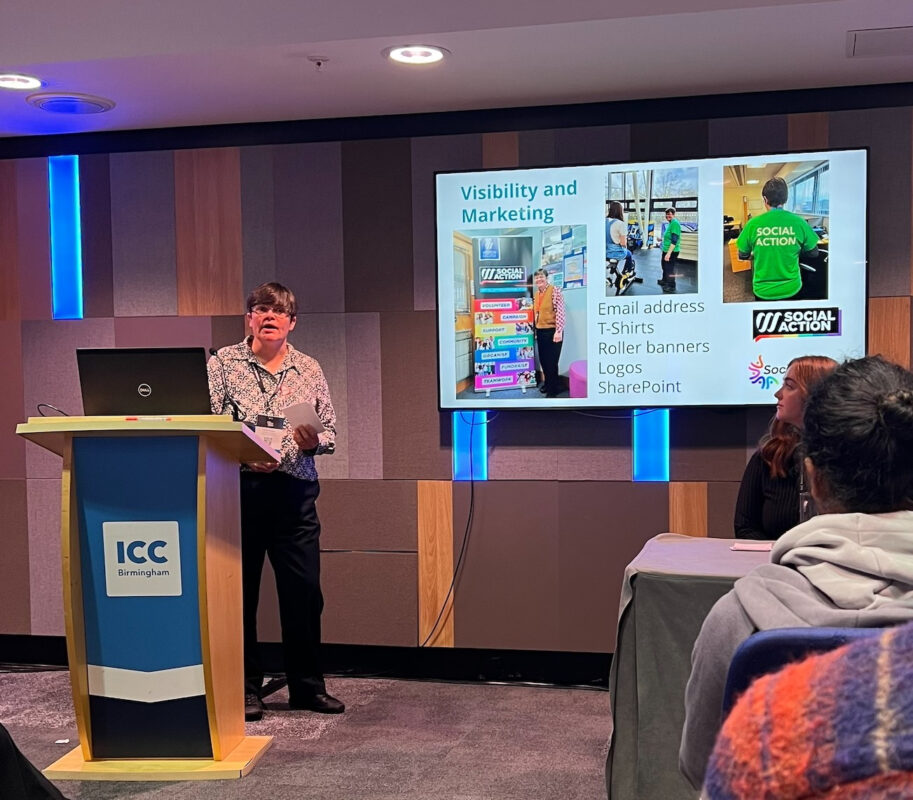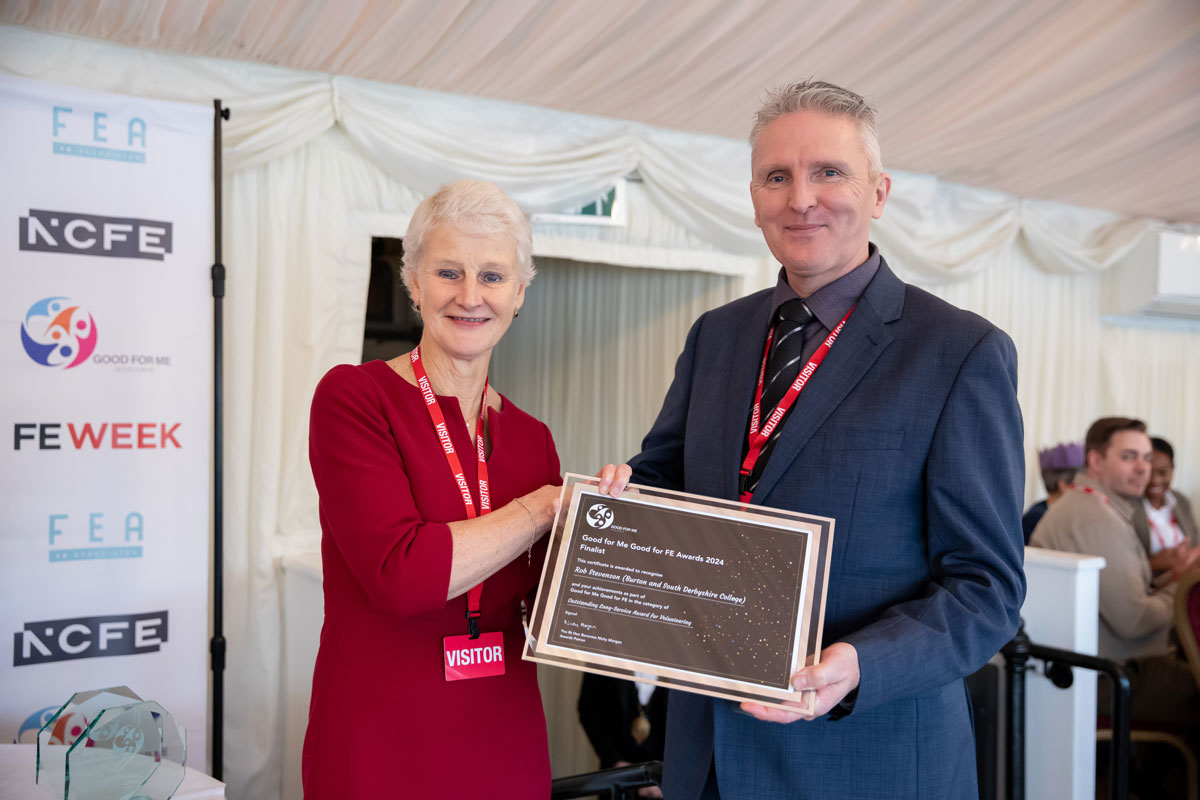Public service cuts and disjointed funding systems for local services put ‘Levelling Up’ in danger

A new report out today finds that the current funding systems for schools, councils, public health and the police are ‘not fit for purpose’, do not properly reflect differences in needs, are not set up to tackle inequalities and in some instances actively work against the ‘Levelling Up‘ agenda.
With real-terms cuts to spending on many services likely over the next few years, fixing these issues will be extremely challenging. In particular, reforming systems to boost funding for poorer areas would require making even bigger cuts to spending in other parts of the country. Progress on ‘Levelling Up’ under these circumstances – broken funding systems and no money to fix them – is likely to be very limited, at best.
These are the main findings from a report by the Institute for Fiscal Studies, funded by the Health Foundation.
The report highlights four key services where reform to funding systems is most vital
- Schools. Recent years have seen the welcome introduction of a proper formula for allocating funding for schools between areas for the first since the early 2000s. But the specific design of the formula has targeted addition funding at richer areas, at the expense of poorer areas. For example, over the last five years, while schools in richer areas have seen 3-4% real-terms increases in funding per pupil, schools in poorer areas have seen little change. This is on top of the fact that schools in poorer areas saw of the biggest cuts in spending per pupil in previous years, with a 15% drop in spending per pupil for the most deprived secondary schools outside London. And such schools typically have the worst educational outcomes, which extra funding could help tackle.
- Public health. Allocations of public health funding bear little resemblance to estimates of spending needs. Indeed, the last time spending needs estimates were updated in the mid-2010s, some councils in inner London received over 1.5 times the share of public health spending that they were estimated to need, while other councils such as relatively deprived Slough and relatively affluent Windsor & Maidenhead received up to one-third less than they were estimated to need. There is currently no plan to address these gaps: since 2015, each council has seen the same percentage change in funding each year, taking no account of differences in population growth, let alone whether they are estimated to be relatively ‘under’ or ‘over’ funded.
- Local government funding. The government has not updated its main estimates of councils spending needs since 2013, and they were based on even earlier data – sometimes from as far back as the 2001 census. But most funding for councils has not accounted for even these out-of-date estimates of needs, and funding cuts during the 2010s were biggest in poor areas. As a result, the most deprived tenth of councils’ share of spending on adults’ and children’s social care is estimated to be 15% and 10% below their share of needs, while richer areas’ share of spending is above their share of estimated needs.
- The police. Like with public health funding, in the last eight years, the grant funding police forces receive has changed by the same percentage irrespective of changes in population or wider needs. And like with councils, this has led to bigger cuts to police budgets in more deprived, higher-crime areas, that rely more on that grant funding (as opposed to local council tax revenues). For example, funding was cut by around 20% per person between 2013-14 and 2019-20 in Greater London, 13% in the West Midlands and 10-12% in Greater Manchester, Merseyside, Northumbria and South and West Yorkshire, compared to 3% to 4% in Surrey, Dorset and Wiltshire.
In the case of councils, public health and the police, issues are likely to get worse rather than better over the next few years.
Plans were in motion to update and start taking account of estimates of councils’ spending needs once again, including for public health services. But Ministers have indicated these plans are likely to be pushed back until 2025, at the earliest – six years after they were originally due to be implemented.
In addition, councils and the police will rely largely on increases in council tax to meet rising costs if their grant funding is falling in real-terms. Nowhere is this likely to be enough. But because poor areas can raise relatively less from council tax, they will likely particularly struggle to maintain services in the years ahead.
David Phillips, an Associate Director at the Institute for Fiscal Studies and an author of the report said:
“Tackling persistent geographic inequalities in health, wealth and life chances across the country will require more than changes to public spending. But how spending is allocated between places does clearly matter, especially for those typically more disadvantaged people most reliant on public services.”
“Current funding systems for the main services outside the NHS are not set up to tackle inequalities. School funding has been becoming less targeted at the most deprived pupils and is still overly concentrated in London. Council, police and public health funding bear less and less relation to estimates of spending needs each year, with no way to account for how changes in local circumstances can affect spending needs.”
“Addressing these issues would be a vital part of a truly ambitious ‘Levelling Up’ agenda – but reform has been seemingly kicked into the long grass.”
Jo Bibby, Director of Health and the Healthy Lives strategy at the Health Foundation said:
“Healthy lives are about much more than healthcare. Indeed, the strongest determinants of people’s health are the wider conditions in which they live, work and age. Whether education orhousing; access to green space or support with caring responsibilities and needs – all these public servicesplay a vital role.”
“In the Levelling Up White Paper earlier this year, the government set out ambitious targets to improve health and wellbeing outcomes, and reduce the stark inequalities that exist across the country. If that ambition still stands, there will need to be even bolder reform to public spending allocations. The total spending pot may be constrained but as this report shows, if can be more fairly distributed.”
Does funding follow need? An analysis of the geographic distribution of public spending in England is an IFS report by Kate Ogden, David Phillips, Luke Sibieta, Max Warner and Ben Zaranko.











Responses